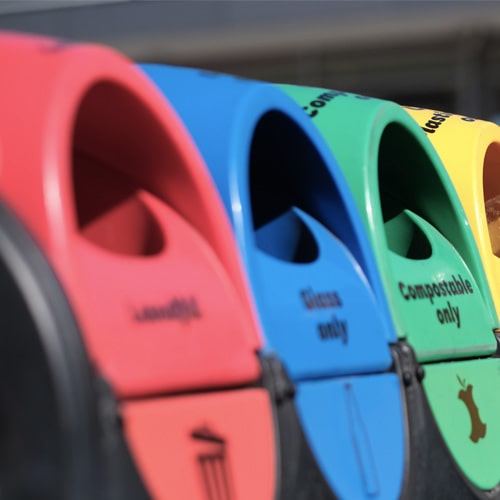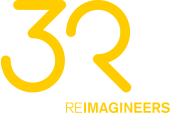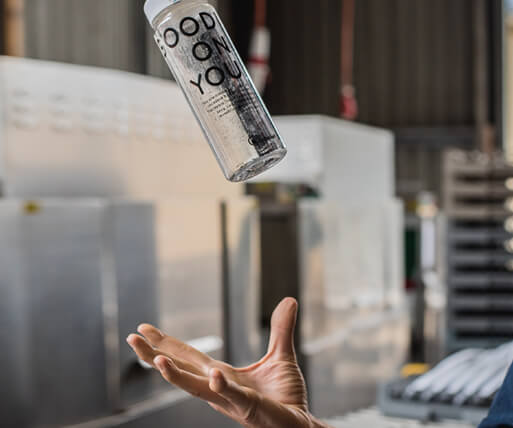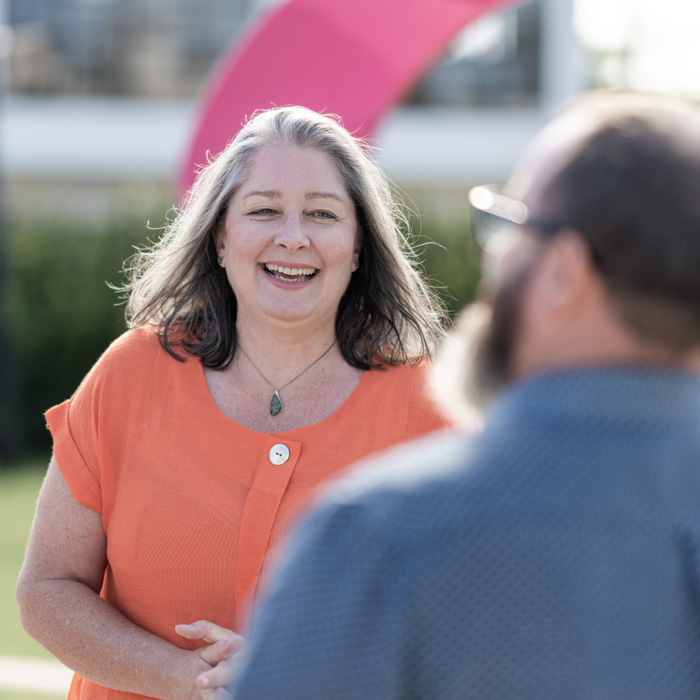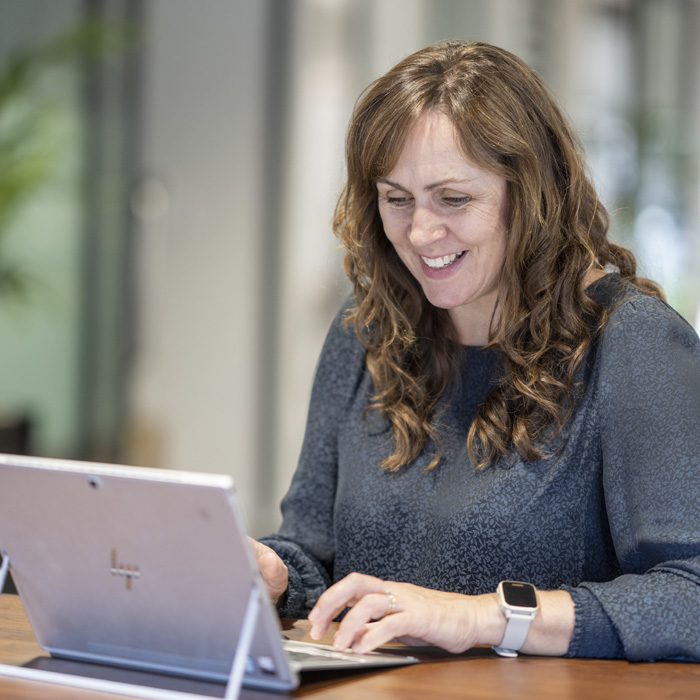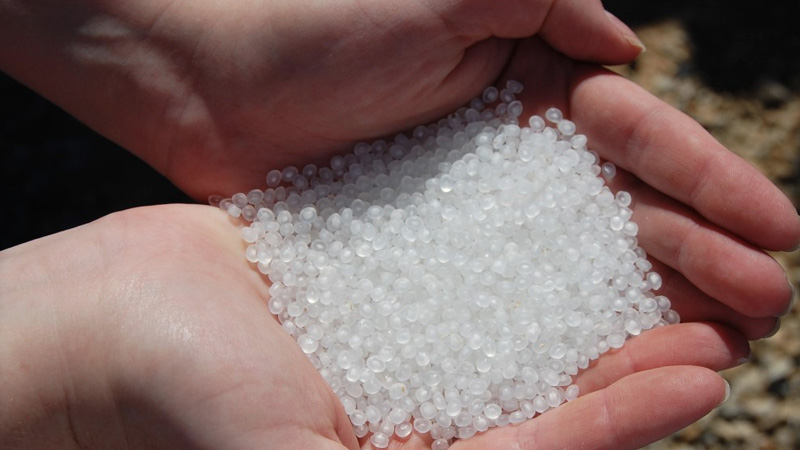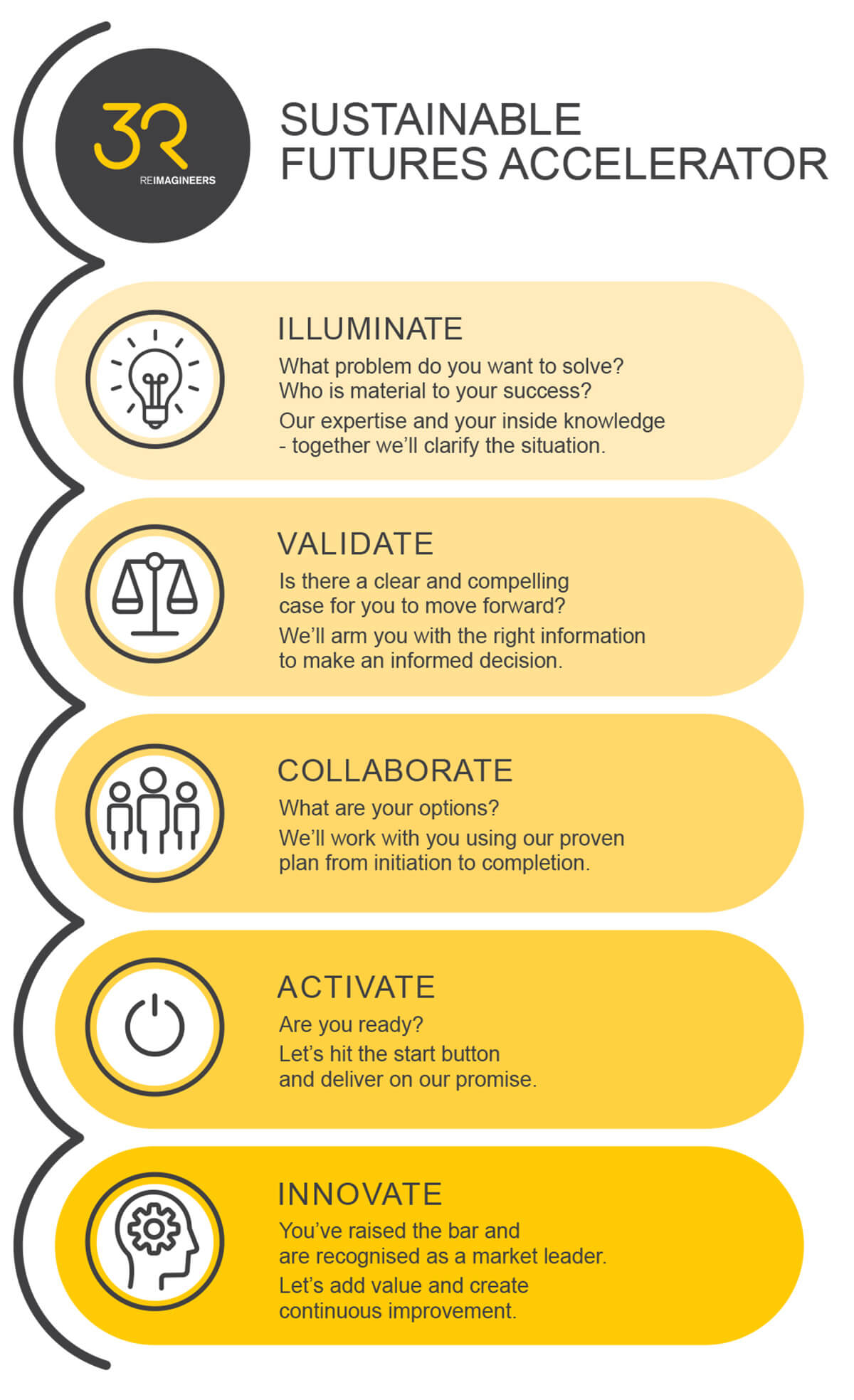The plural of plastic
Plastic is a hot topic around the world these days, and so it should be.
The terrible effects it has on the environment are undeniable, and there is evidence those effects are circling back to us. Plastic has also become something of the posterchild for society’s conspicuous over-consumption.
But is plastic all bad? The short answer is actually, no.
Plastic – first developed by British inventor Alexander Parkes in the early 1860s – was hailed as something of a miracle substance. Light, durable, easy to sterilise, cheap to make – the list of positive properties is impressive.
Without plastic the world would be a very different place than it is today – simply consider how many things are made, at least in part, of plastic. It’s probably easier to think of how many things are not.
It is of course some of those very same properties – namely its durability – which have made plastic an environmental disaster. Combine this with a single-use, throw away culture around plastic and there is a serious problem.
But plastic is recyclable, isn’t it? Well it is, and it isn’t. This is because one of the biggest issues is plastic isn’t just one substance – it is in fact a complicated web of different types and grades, each with different properties and applications.
Broadly speaking plastics fall into two groups – thermoplastics, which can be remoulded with heat, and thermoset which cannot and need other processes, such as the use of chemicals. The most commonly used plastics have been assigned identification numbers which identifies the plastic types. These range from 1 to 7 with category 7 being the ‘all other’ or mixed plastics.
This is where recycling becomes complicated. As you might imagine thermoplastics are easier to recycle as they can be melted and remoulded.
Category 1 (PET – like drink bottles), 2 (HDPE – like milk bottles) and 4 (LDPE – soft plastic films) are the best examples of thermoplastics.
PET and HDPE are generally considered the most recyclable, and in New Zealand we have processing facilities for these. Flight Plastics in Wellington have a process which means PET can be recycled again and again – although a thin layer of virgin material is added as a food safety measure. There is also limited recycling for category 5 and 6.
So, what about the rest? While all plastics can theoretically be recycled it is the results of the recycling which varies greatly in terms of grade and value.
While a PET bottle can be remade into a new bottle, other plastics may require a complicated pathway for recycling, or the value of the material is so low that once it has been through the recycling process it is more expensive than the original material. Recycling is a business and needs to stack up financially for it to be viable.
You might then ask why all plastic products aren’t made from PET or HDPE. This comes down to the different properties of the plastics. As you can imagine, those which can be recycled through melting are not suitable for applications where they are exposed to heat, such as in electronics.
So, what’s the solution? Product stewardship – where the companies which make and distribute plastic products take responsibility for those products at the end of life – is an excellent start.
This isn’t just about ‘doing the right thing’, as product stewardship has been proven to have wide ranging benefits. Better product design is an important part of product stewardship – improving efficiency, reducing waste and eradicating unnecessary plastic, such as excess packaging.
In my next article I’ll talk about how we need to change our attitude to plastic.
by Natalie Martin, 3R Material Innovation Manager

